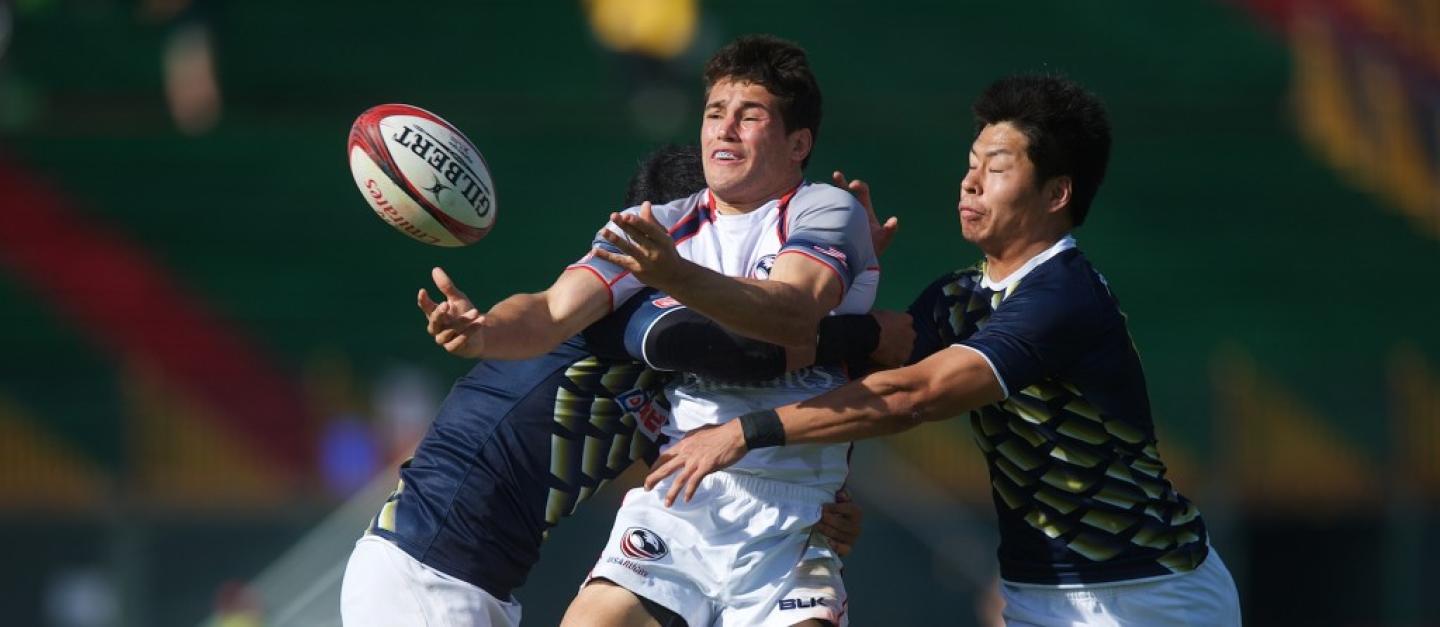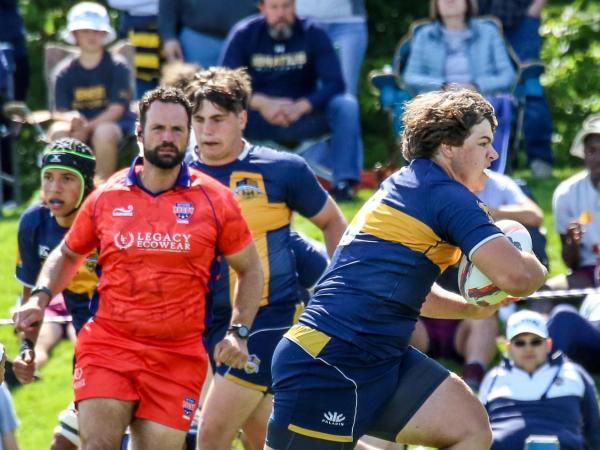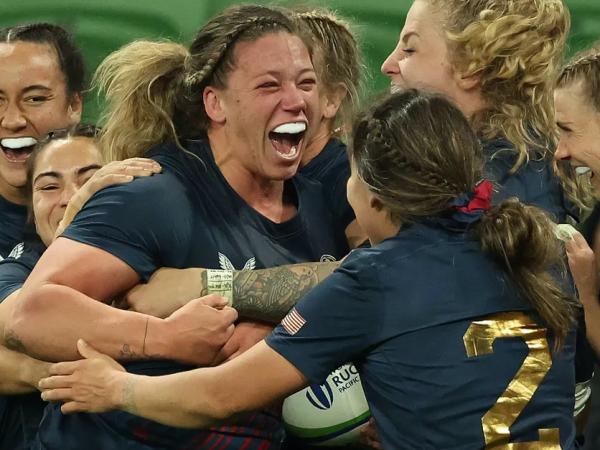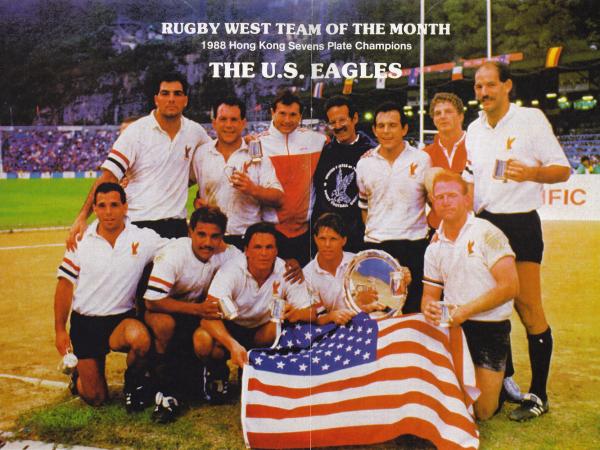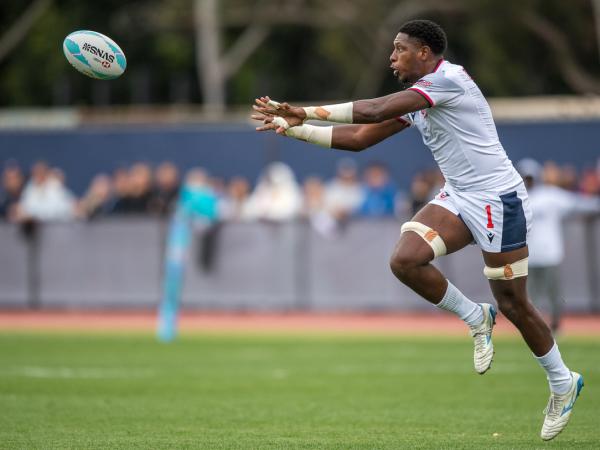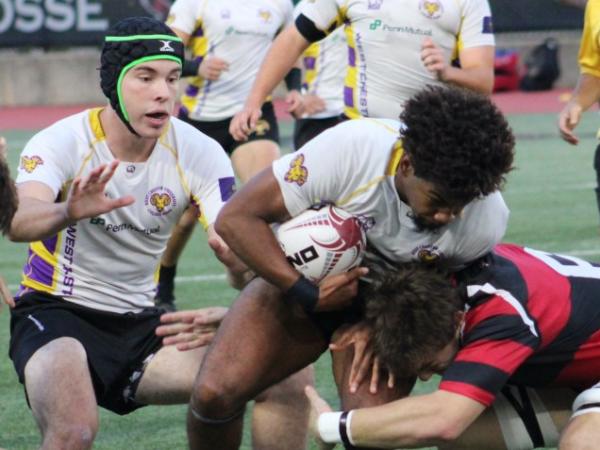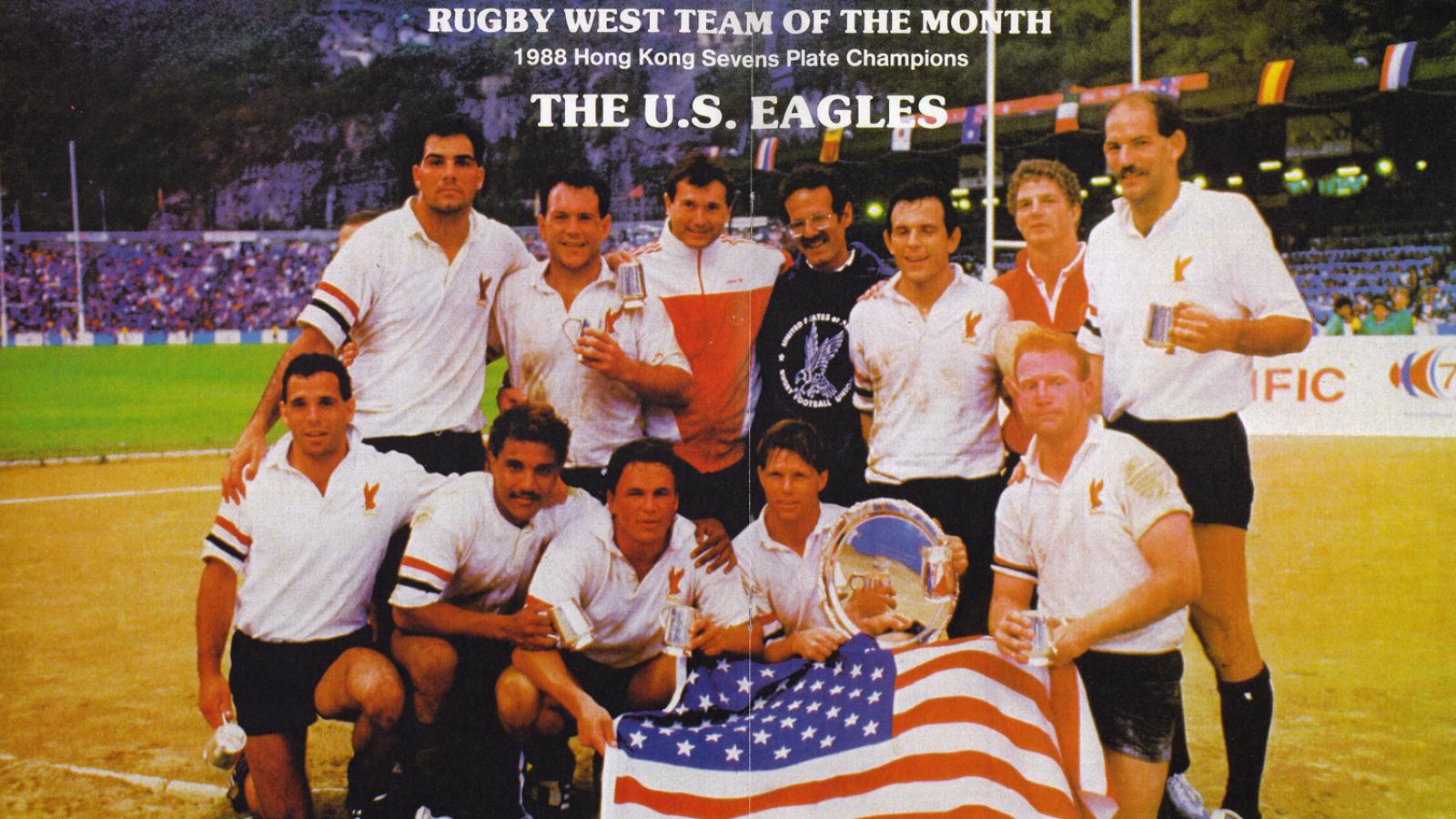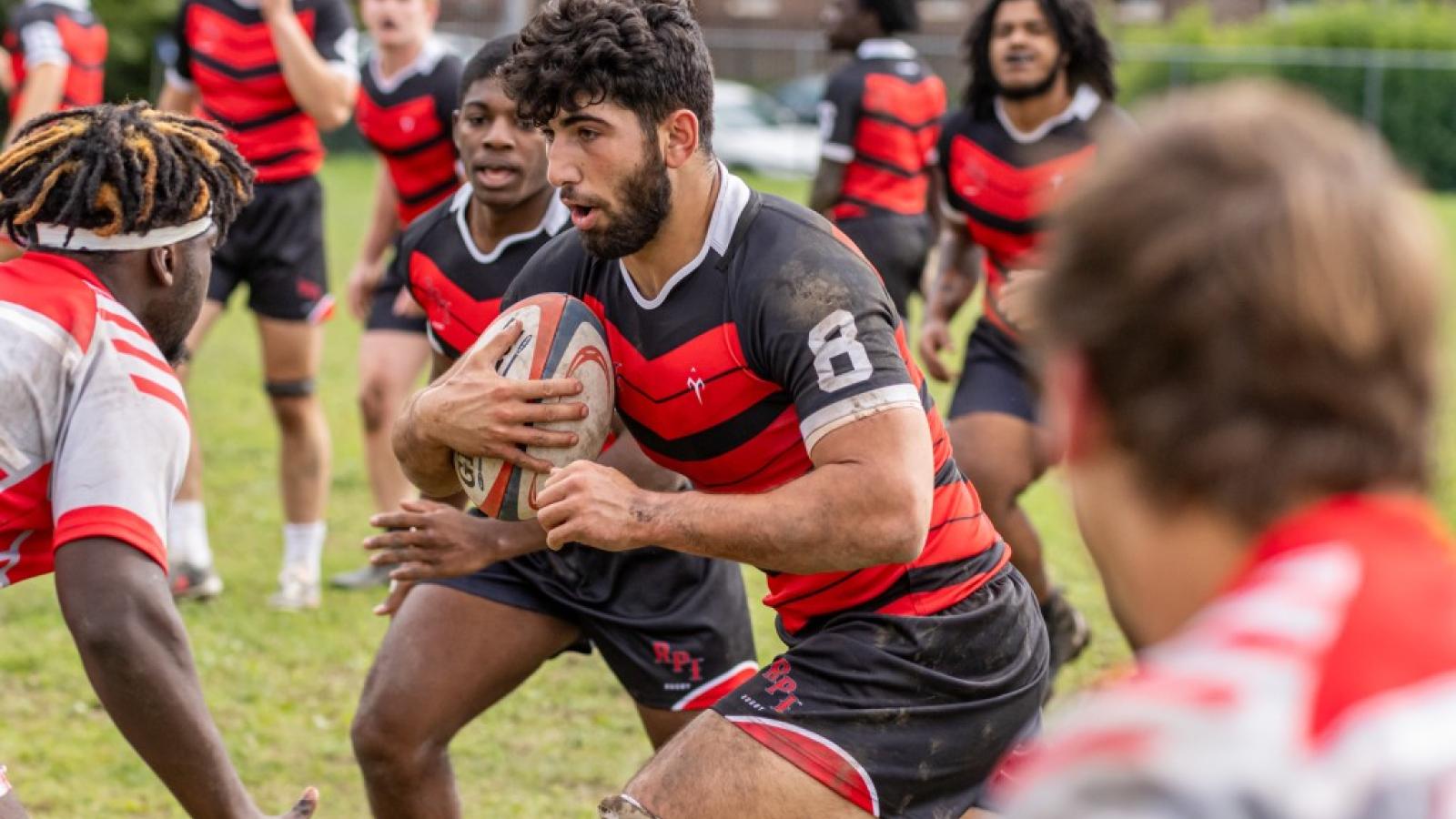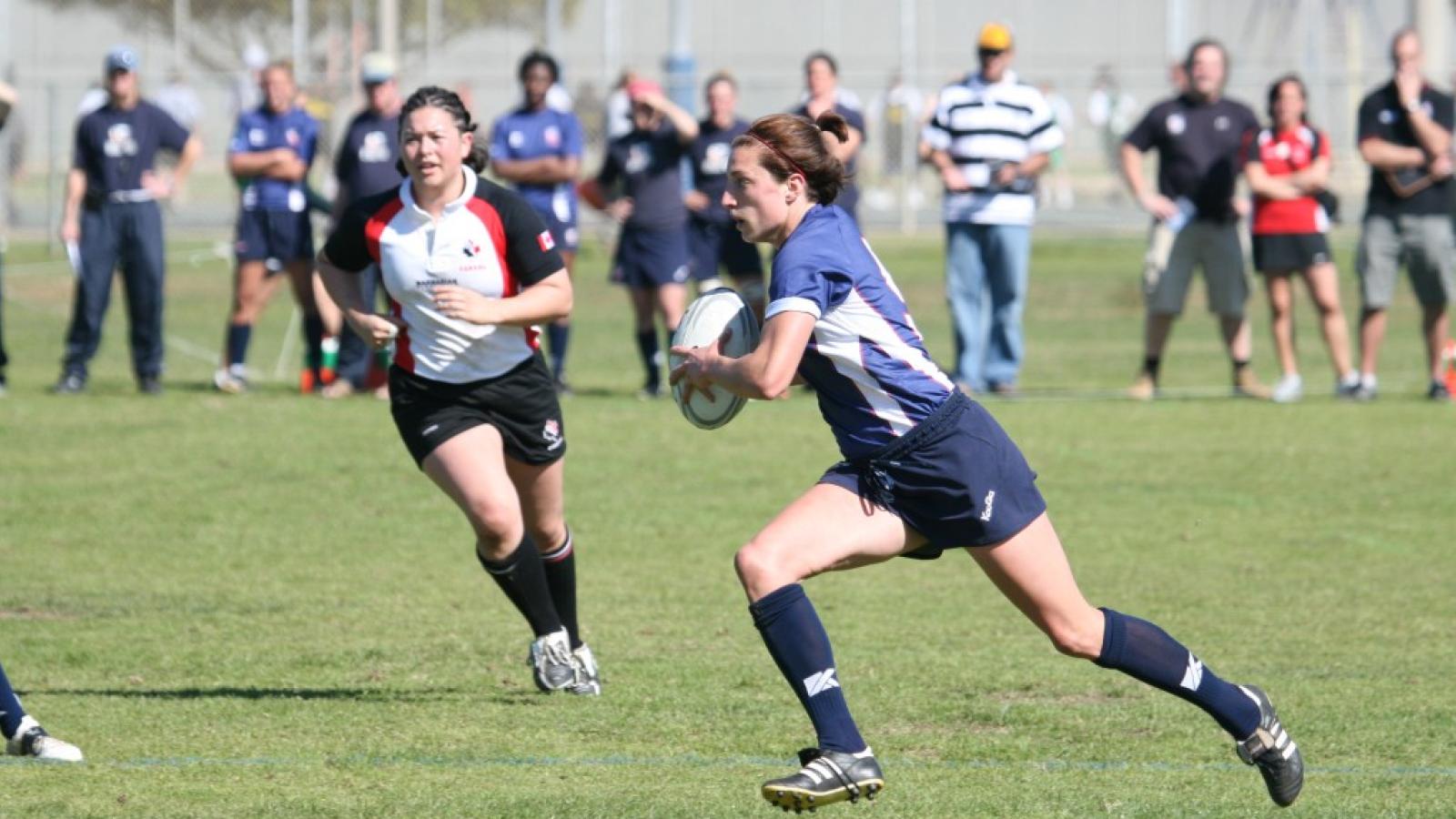You always have to watch those 50-50 passes; as the saying goes, half the time they don’t work out.
Except when they do work out, we get all excited any everything.
What is, actually, a 50-50 pass? It’s something that mentioned by many a coach, and it is certainly a bad thing, at least half the time. But do we know what it is beforehand? Or is it one of those, “I know it when I see it” things?
When New Zealand started using the backhand pass from the sideline - reasoning reasonably that a wing being taken into touch was a turnover, so at least leave the ball in play - many other teams started to emulate that move. But that move (you’re being tackled into touch, so you flip the ball behind your back and into the field of play before you go into touch) requires more than just the guy on the wing making a last-second decision.
First of all, you need to ingrain such a move into your team. Second off all, you need support runners who are expecting the pass - more than one as it’s a no-look pass with some unpredictability.
Third, you need a plan whether the ball is in the air or on the ground. And fourth, you need to be very, very confident in your cover defense, because the pass can be picked off and then you’re up a creek.
Cal implemented the move last year with some success in part because they ticked all of those boxes. So if you’ve planned for it, the back-flip from touch works. If not, it’s a 50-50 pass … at best.
Now on to the USA 7s team. What is it, I have pondered over the years, can Fiji and New Zealand execute the most outrageous passing, and it’s OK, while USA players take a risk and more often than not it turns out badly for them.
Well, now that the Eagles are producing a few successful wild passes of their own, I think I can better define a 50-50 pass.
Flashy offload. A 50-50 pass is dished off one-handed, or over the shoulder, or behind the back, or in some other slightly unorthodox way.
Not to anyone. A 50-50 pass is deliver with a dash of hope attached. The hope is that a support player will be there to catch it.
No control. The passer doesn’t have full control of his hands or his body as he passes, thus allowing the pass to be wild.
Now, if you are able to eliminate one, or better yet, two of these issues, you raise your completion percentage.
Here are three USA passes. Let’s see what we can glean.

This counts as audacious, but is it a 50-50 pass? I think not, and it's not just because it succeeds. First off, it is an unorthodox, over-the-shoulder offload. However, Thretton Palamo has looked over his shoulder and, I believe, got a call from Folau Niua that Niua was in support. Secondly, Palamo was perfectly in control when he made the pass.

Similar deal here. Zack Test is being dragged down, but you see how he keeps his upper body strong, and makes direct eye contact with Will Holder. So it's not a perfect, floaty pass, but the offload is done the right day, with good communication. Maybe 80-20, but not 50-50.
And this one had two passes.

Why is Zack Test's pass successful? The key thing is, while he goes to ground, Test has control of his body, and looks at his target. His pass is up in the air, but straight to Matai Leuta. But Leuta's pass is a 50-50, or worse. Why? He thinks pass before target, thus he is in the motion of offload before he sees someone. Second, he is falling, and doesn't have full control of the ball or his upper body. And third, he doesn't make eye contact early enough. The result? A turnover, and, ultimately, a try.
So weird offloads are cool again, but as long as you make eye contract, and control your delivery. That's why the USA crazy passes have worked ... for the most part ... and that's why the Eagles are winning.





